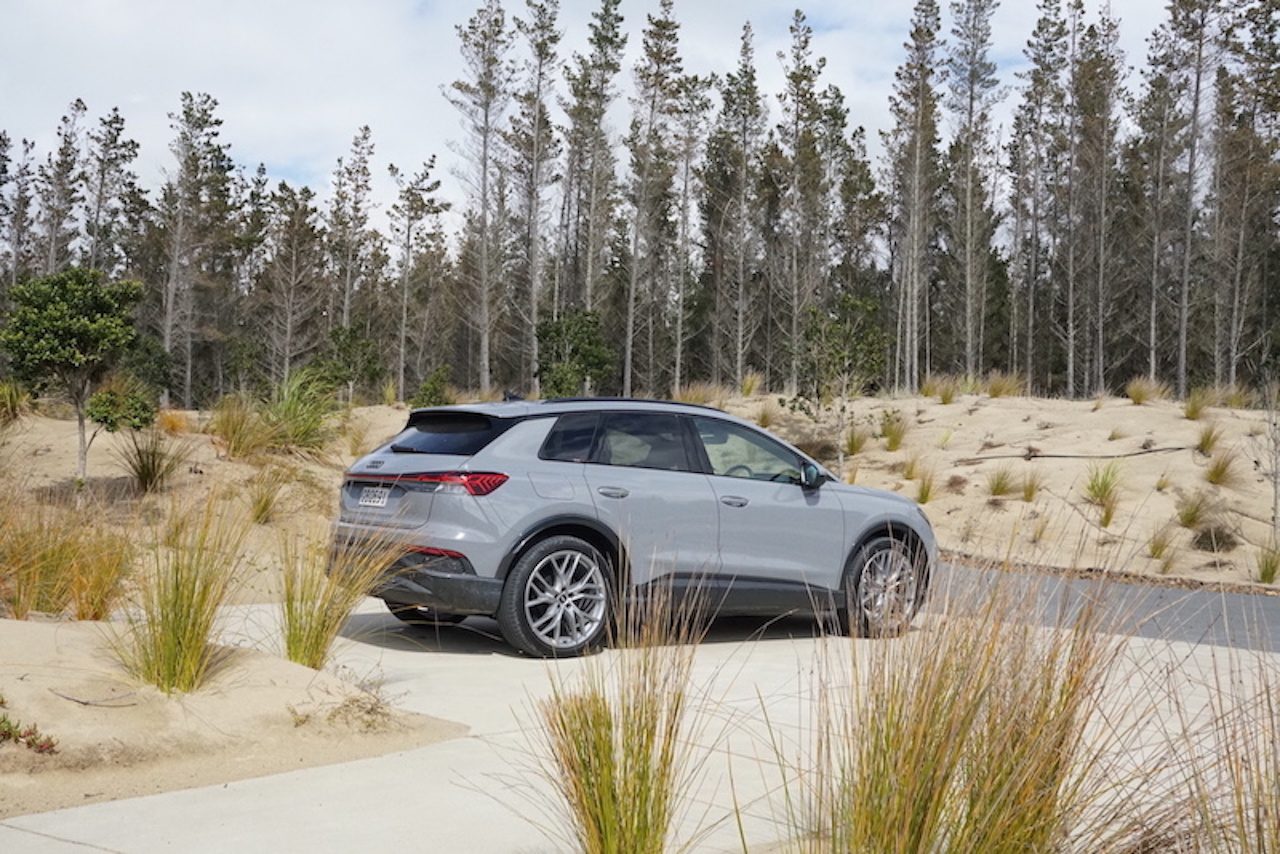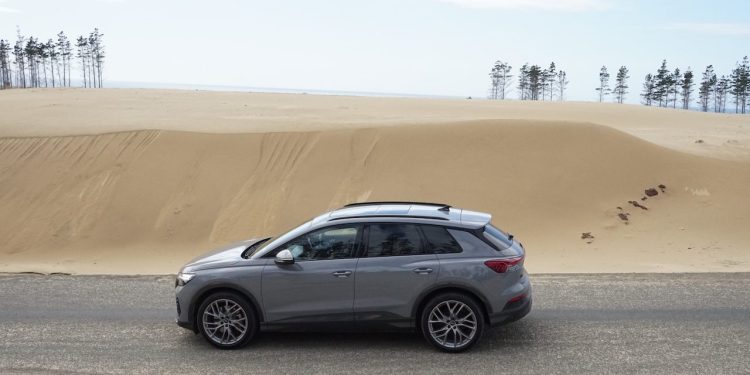Audi e-tron range expands downwards
Audi, like other legacy car brands, is at a crossroads currently but it has an electrification plan, with more new zero-emission products on their way. There are also performance models coming under a PPE banner, such as the forthcoming Q6 e-tron RS.
Meantime, e-tron action is heating up elsewhere. First there was the e-tron large SUV line-up and that was followed by the ravishing e-tron GT and now comes the family-sized compact Q4 e-tron, in both SUV and Sportback (coupe) body styles.
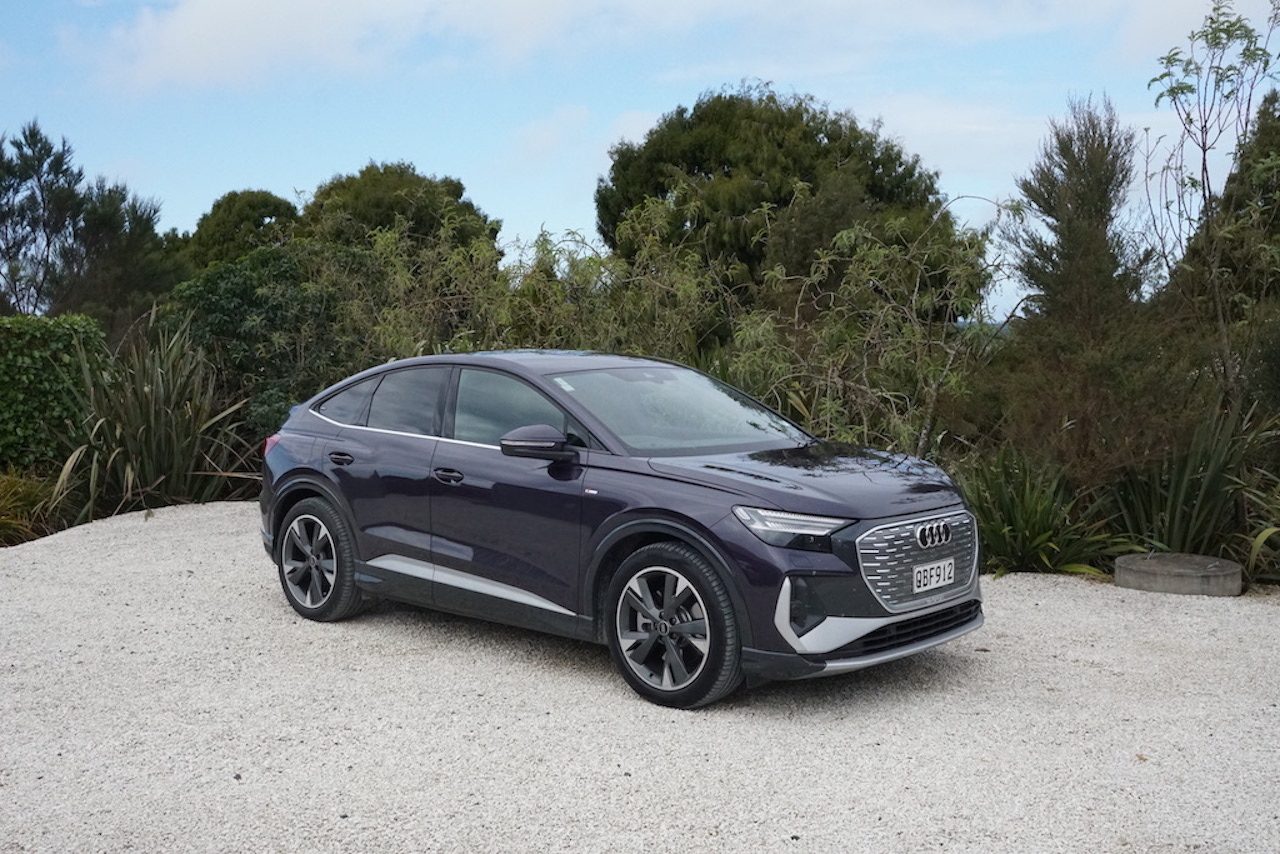
It has been some time coming, launching originally in Europe in 2021. Audi describes the line-up as compact sized on the outside but with luggage (520-1490L) and interior capacity of larger vehicles.
New Zealand takes two flavours, a Q4 40 e-tron model with a rear-mounted motor delivering 150kW and 310Nm of torque, WLTP range of up to 528km, a sprint time of 8.5sec and costing $99,990. It comes with Advance specification.
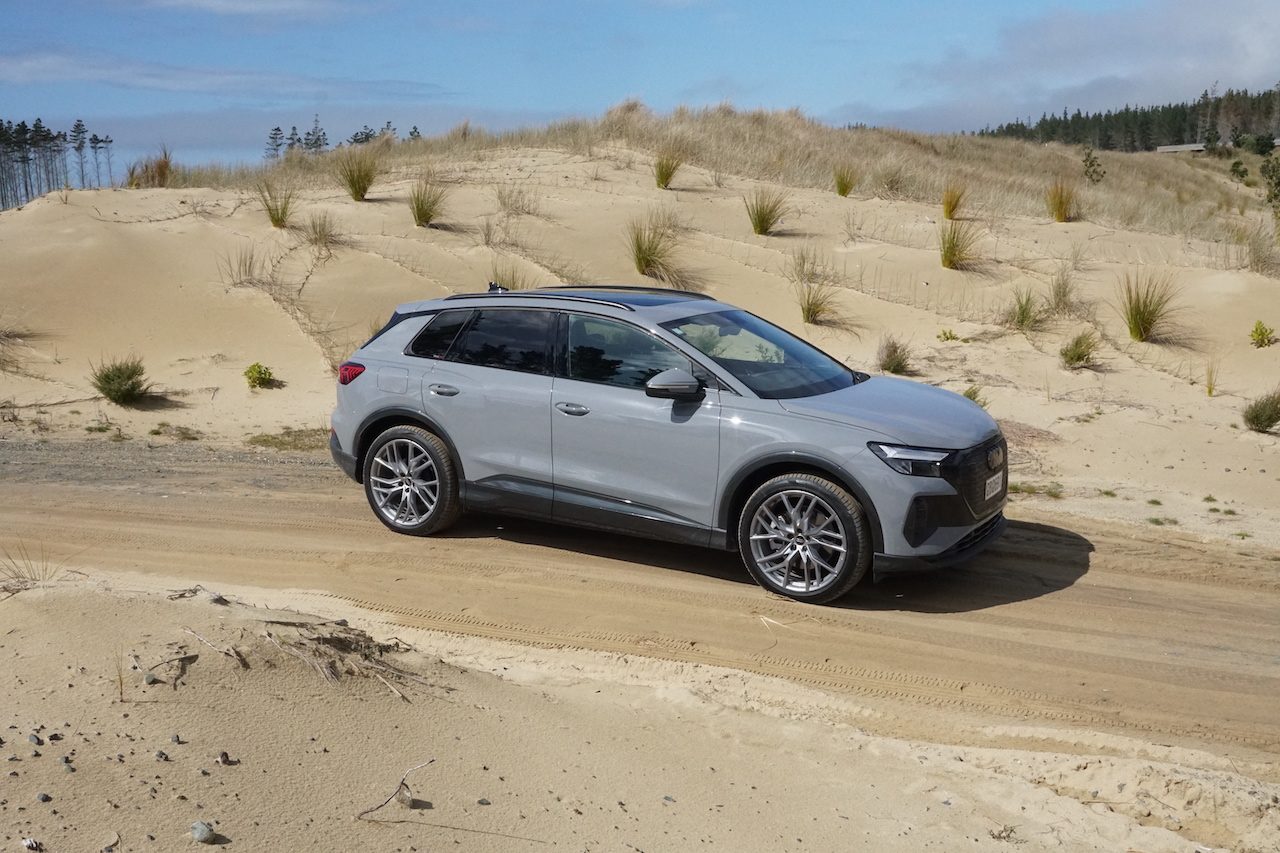
And if you want a bit more pizzazz there’s the e-tron 50 quattro with the same motor in the rear, and a slightly smaller one up front (80kW/162Nm) that offers system total drive of 220kW and 460Nm, range of up to 511km, a 0-100 time of 6.2sec and a sticker price of $126,990. Both use a 77kWh net battery pack. The Sportback models adds another $4000, with a coupe-style sloping roof look and luggage capacity of 535L-1460L.
Advance specification includes 19-inch aero alloys, adaptive cruise control, an 11.6-inch touchscreen with integrated sat nav, a two-view Virtual Cockpit display, leather upholstery, a towbar, and wireless Apple and Android connectivity.
S-line for e-tron 50 adds sports seats and wheel with paddle shifters for regen, sports suspension, privacy glass, a 360-degree camera, tri-zone air, augmented reality head-up display, self parking, matrix LED headlamps, dynamic turn signals, and 20-inch wheels, among other things.
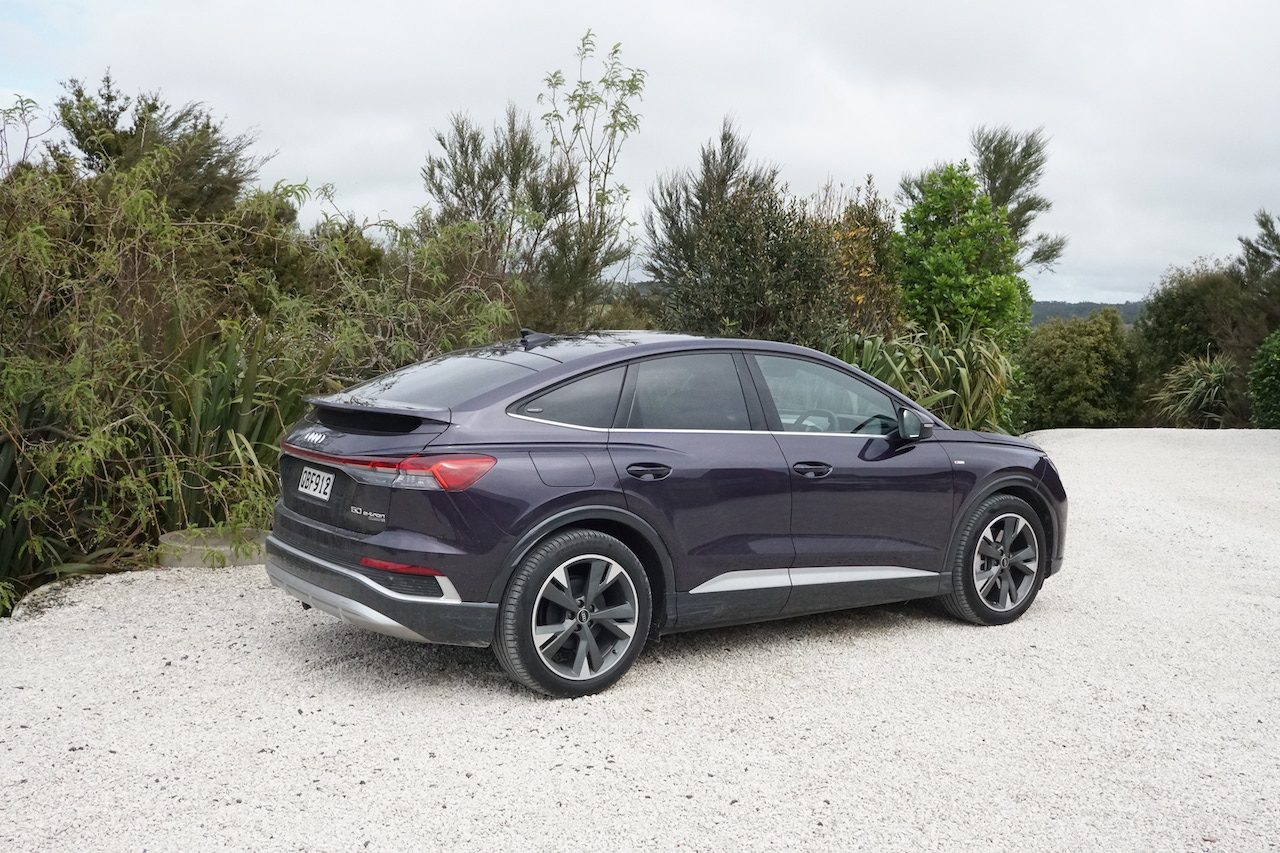
There are also a couple of options packages available, the Style grouping with 21-inch wheels, a sunroof, privacy glass and exterior trim in black. A Sound package comprises a premium Sonos set-up (10 speakers plus centre channel and subwoofer) and a heated steering wheel. These cost $5000-$7000 and $2000-$2500, respectively, depending on model.
As befits anything with electric power, optimising range is a key consideration. Audi says the Sportback versions have a Cd figure of 0.26, which it says is best in class. Lots of small advances as directed by windtunnel testing evidently each add 4-14km of range each. Pick the Sportback model from the rear by its wing that bisects the rear window.
The interior is clean in that Audi way with the central screen angled towards the driver, while there’s a new wheel that’s flat both top and bottom with haptic controls for the e-tron 50. Within the cabin there’s 25L of oddments storage.
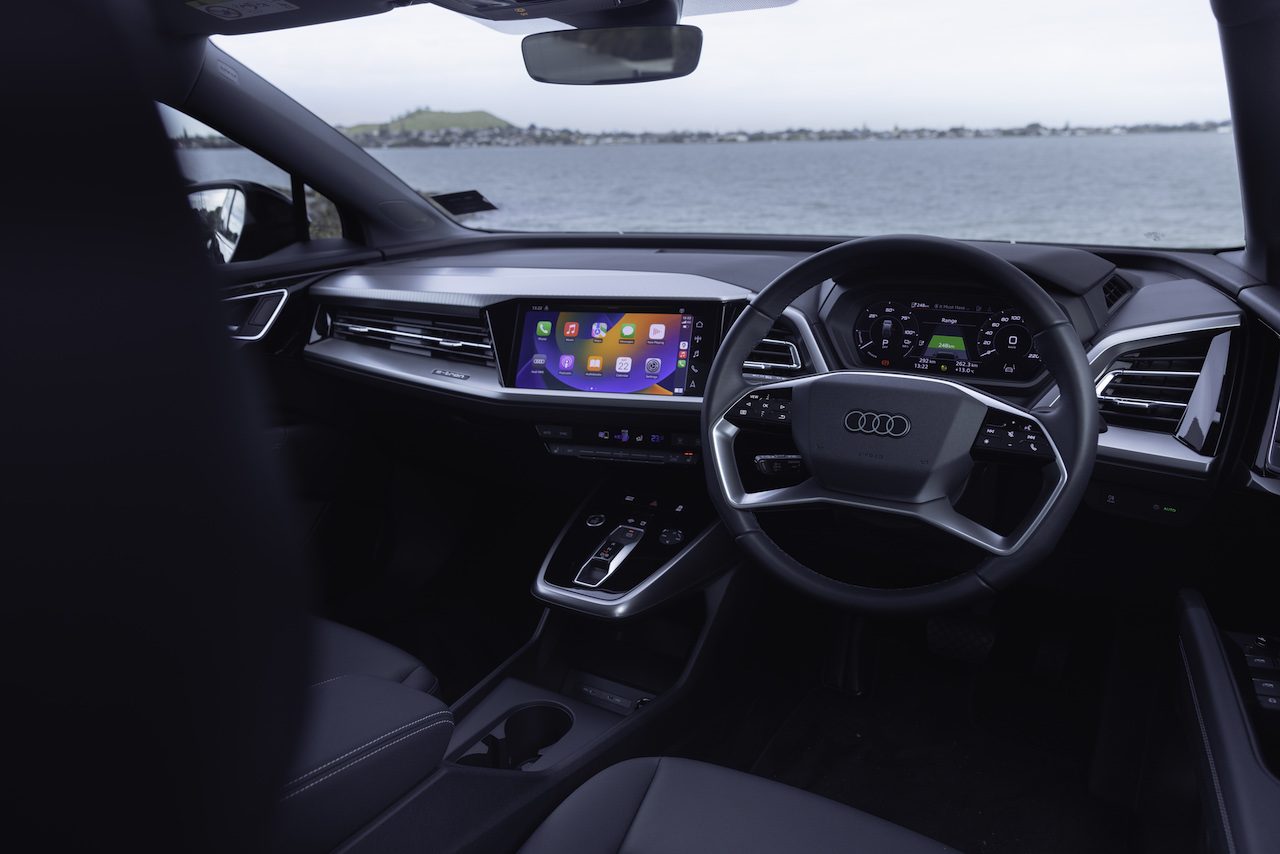
The Q4 e-tron shares the MEB platform and mechanicals with others from the wider Volkswagen group, like Enyaq and ID.4. The platform is a skateboard design that includes the battery pack and both front and rear motors where applicable. The battery is nominally 82kWh (77kWh net) and consists of 12 modules with 288 pouch cells. It weighs in at 515kg, so overall kerb weight is 2125-2210kg for the 40 and 50, respectively. With a charging capability of 135kW DC a 5-80 per cent boost is said to take 30min.
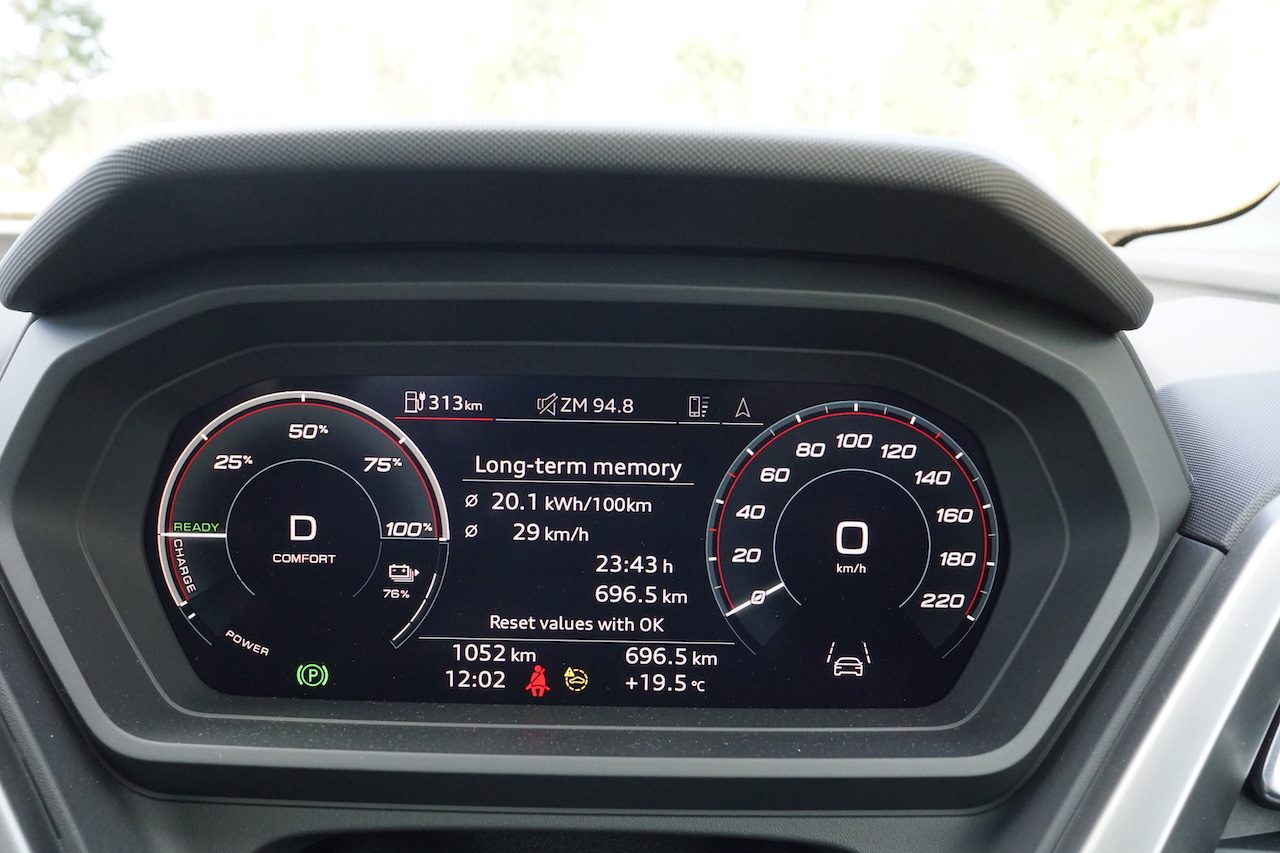
We drove the base model and we were a front-seat passenger in the Q4 50. Both are typically EV hushed on the go. The 40 e-tron we drove was the lone SUV variant on the drive day and, like Enyaq, it gets by fine for performance, is perfectly adequate. However, I’d be sorely tempted to go for the dual-motor variant if cost was no obstacle. As it is there are quicker EVs around than the Q4 40 e-tron for similar money, like dual motor versions of Polestar 2 and XC40 Recharge, Ioniq 5, EV6 and, for a few thousand more, Tesla Model Y Performance.
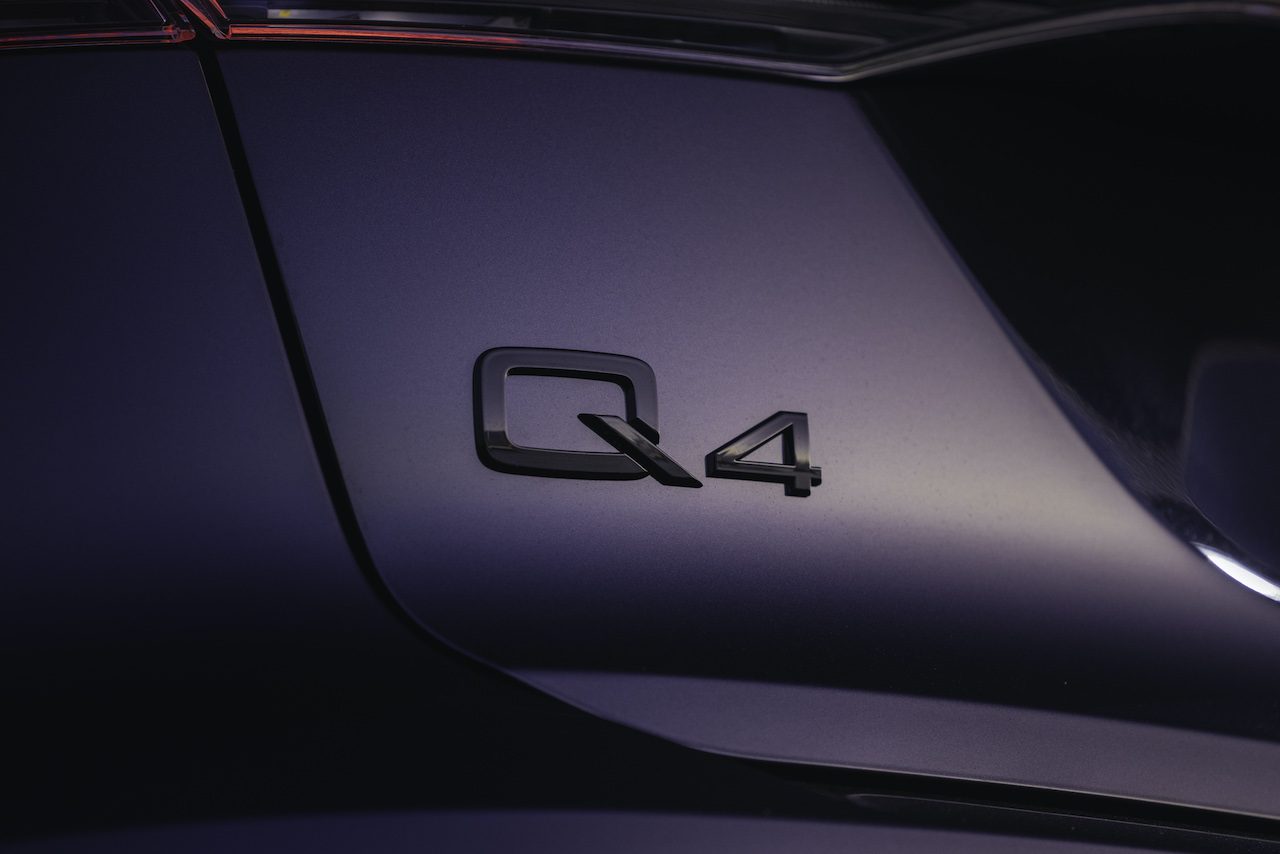
A bit like our initial drive of the Enyaq single-motor variant which has similar underpinnings, I think I would pine for the extra urge when it was really needed for overtaking in a hurry. Or just the effortless performance twin-motor variants provide, despite them chewing through a bit more battery juice. When you need it, a little too much is simply better than not quite enough performance.
Those without the need for speed and who have no real use for AWD might be more than satisfied with the model that costs a few bucks under six figures. It’s not like it isn’t well specified enough and is simple enough to operate once you’re dialled in and familiar with the touchscreen. Moreover, it really is genuinely roomy, both out the back and in the rear seats. But with the AWD model you do get the added safety of the extra grip, plus the sport suspension and slightly lower ride height. Even from the passenger seat that does seem palpable and might be compelling if you live in an area where it rains a fair amount, like Anywheresville, New Zealand. And you also get a bit more of the desirable gear like paddles for regenerative braking, and matrix LED headlamps.
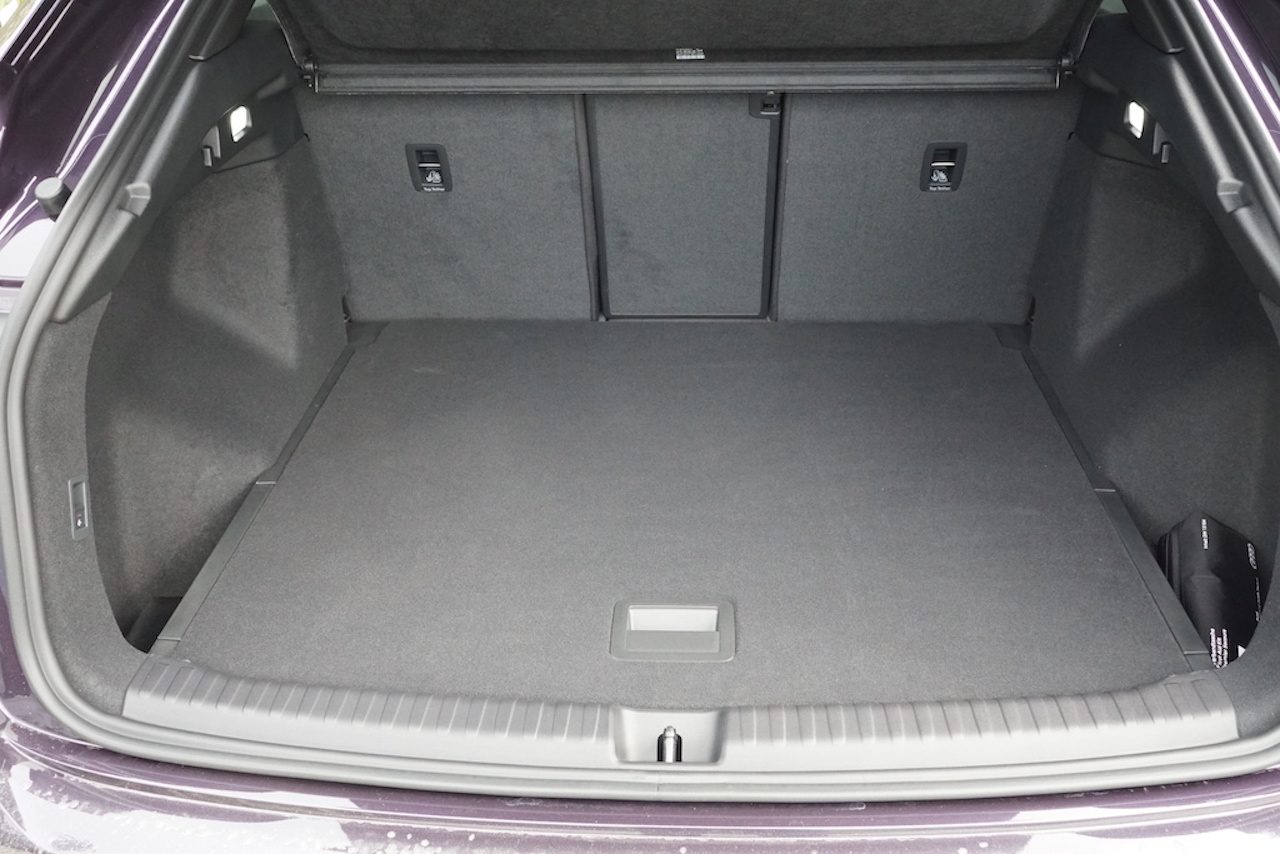
As to whether the Sportback is worth the extra, I’m not so sure it is in a styling sense. To my mind, the rear looks a bit busy with the wing whereas the SUV variant is a stylish thing from just about any angle.
These come with charge cables and an emergency charger but Audi encourages installation of a home wall charger and even contributes $1750 towards this. A 10-80 per cent boost on a 135kW fast charger evidently takes under 30min. As with other Audis this comes with a five-year, 150,000km warranty. The battery is guaranteed for eight years and 160,000km, at which point it should still have in excess of 70 per cent of its initial capability. And if cells drop out modules are also repairable.
While the original e-tron was popular we imagine the Q4 e-tron range will go on to outsell that, given how right sized it is for many urban families. The 50 e-tron quattro version is expected to be more popular initially but we’d imagine the less expensive model will ultimately sell in greater numbers.
